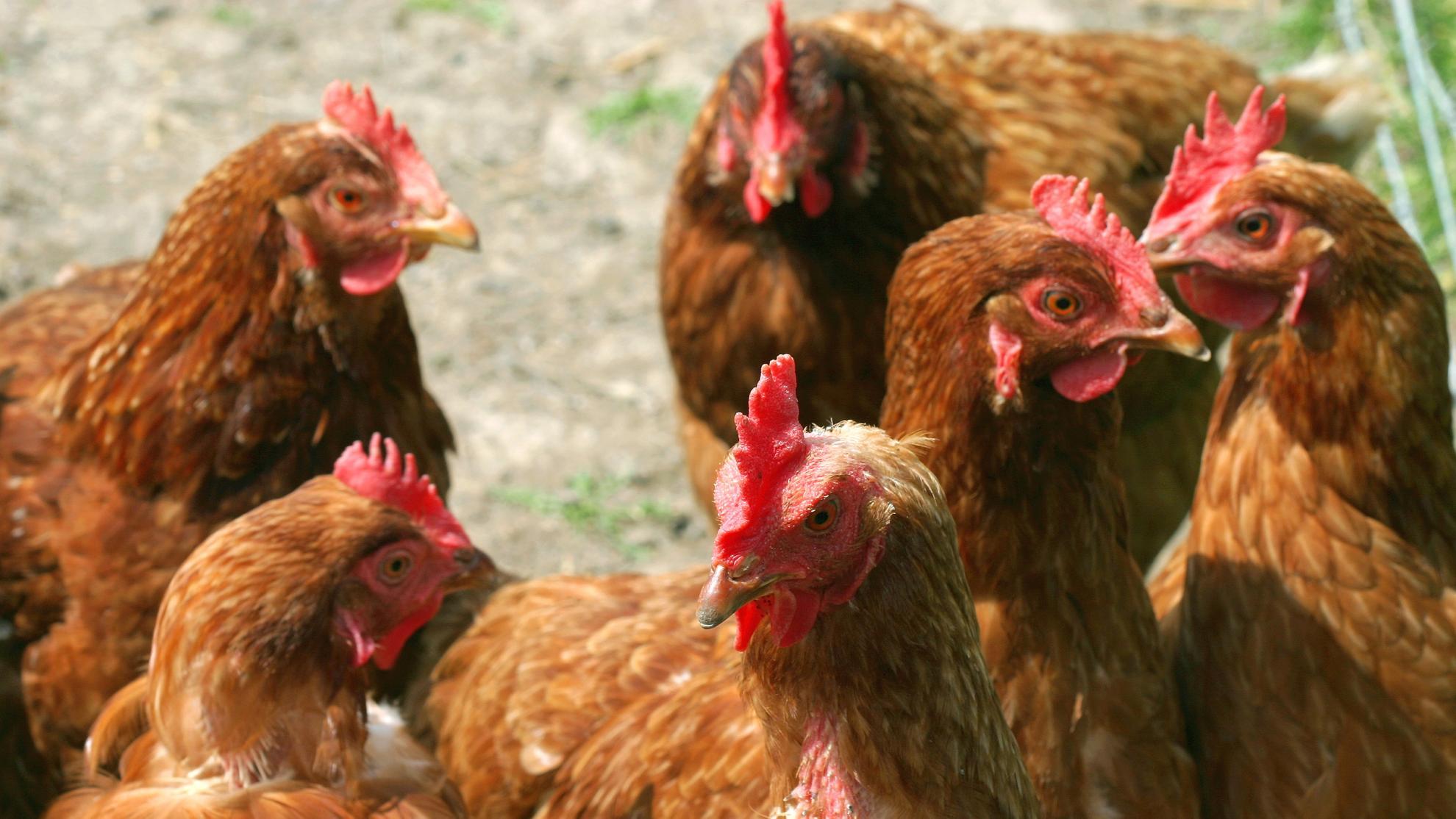Emergence of West Nile virus lineage-2 in resident corvids in Istanbul, Turkey
West Nile fever is a vector-borne viral disease affecting animals and humans causing significant health and economic problems globally. This study was aimed at investigating circulating West Nile virus (WNV) strains in free-ranging corvids in Istanbul, Turkey. Brain, liver, and kidney were collected from corvids (n = 34) between June 2019 and April 2020 and analyzed for the presence of WNV-specific RNA by quantitative RT-PCR. In addition, histopathologic and immunohistochemical examinations were also performed. Samples found to be positive by qRT-PCR were partially sequenced. WNV-specific RNA was detected in 8 of 34 corvids analyzed, which included 7 hooded crows (Corvus cornix) and 1 Eurasian magpie (Pica pica). Phylogenetic analysis based on partial WNV sequences from the 8 WNV-positive corvids identified in this study revealed that all sequences clustered within the WNV lineage-2; they were at least 97% homologues to WNV lineage-2 sequences from Slovakia, Italy, Czechia, Hungary, Senegal, Austria, Serbia, Greece, Bulgaria, and Germany. WNV sequences showed a divergence (87.94-94.46%) from sequences reported from Romania, Central African Republic, South Africa, Madagascar, Israel, and Cyprus, which clustered into a different clade of WNV lineage-2. Common histopathologic findings of WNV-positive corvids included lymphoplasmacytic hepatitis, myocarditis, and splenitis. The liver and heart were found to be the tissues most consistently positive for WNV-specific antigen by immunohistochemistry, followed by the kidney and brain. This study demonstrates for the first time the existence of WNV virus belonging to the genetic lineage-2 in resident corvids in Istanbul, Turkey. We hypothesize that the WNV strains circulating in Istanbul are possibly the result of a spillover event from Europe. Since WNV is a zoonotic pathogen transmitted by mosquito vectors, the emergence of WNV in Istanbul also poses a risk to humans and other susceptible animals in this densely populated city and needs to be addressed by animal and public health authorities.
